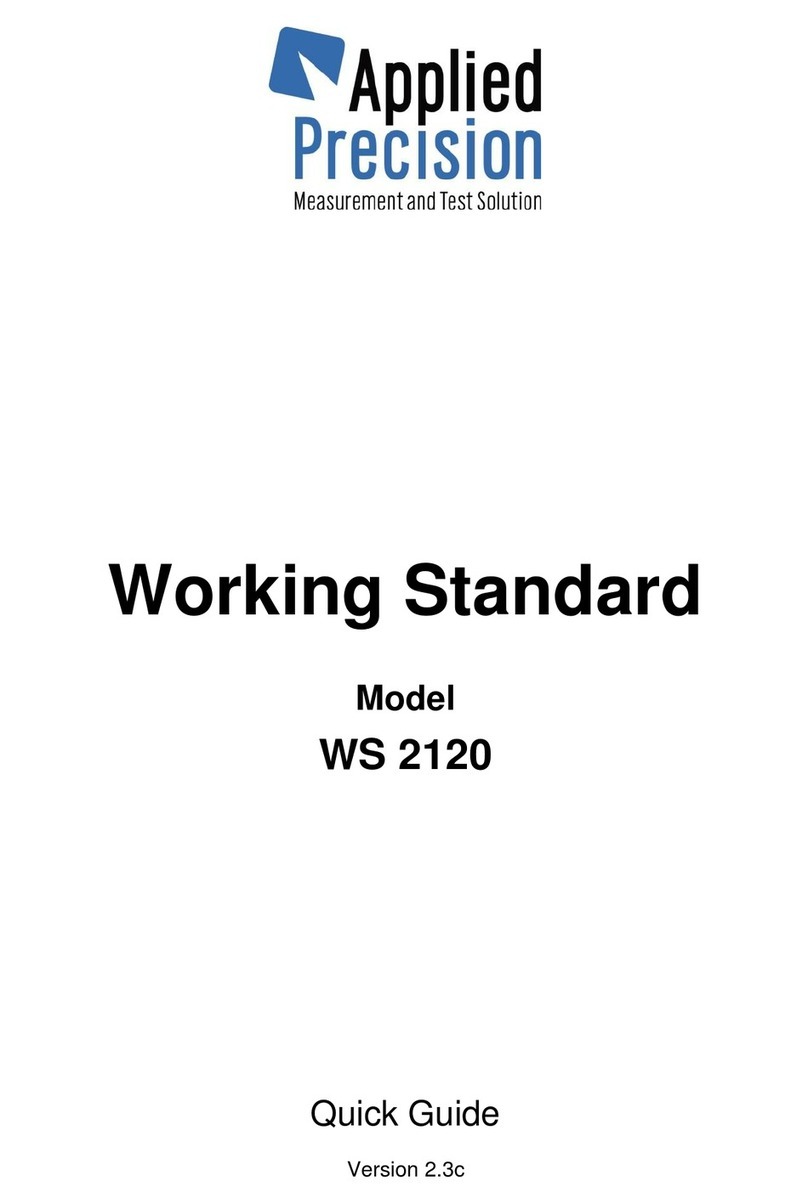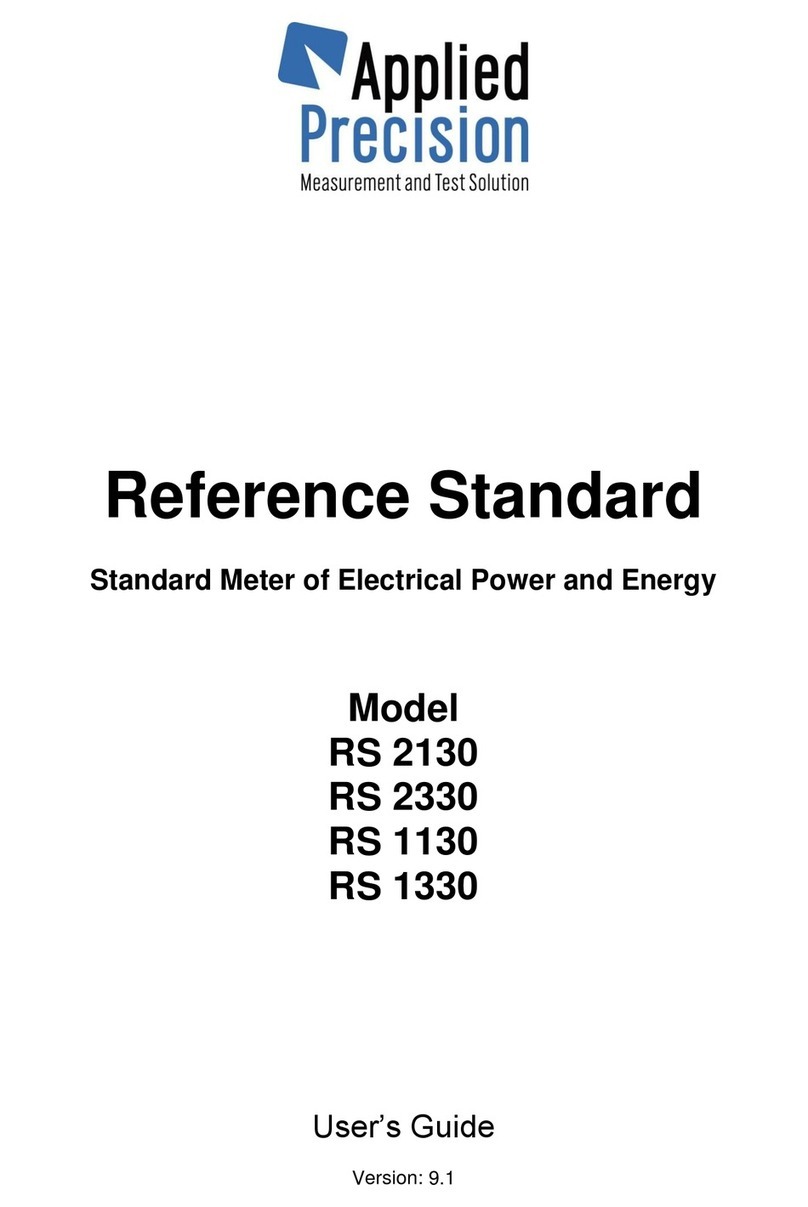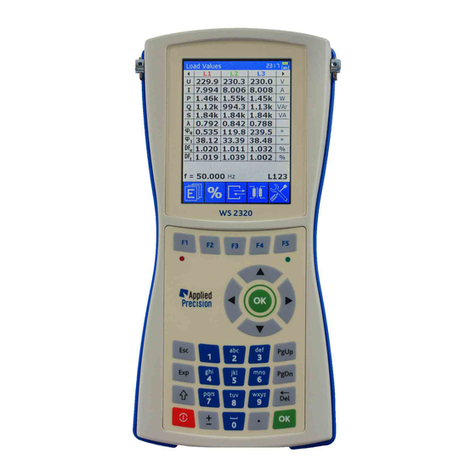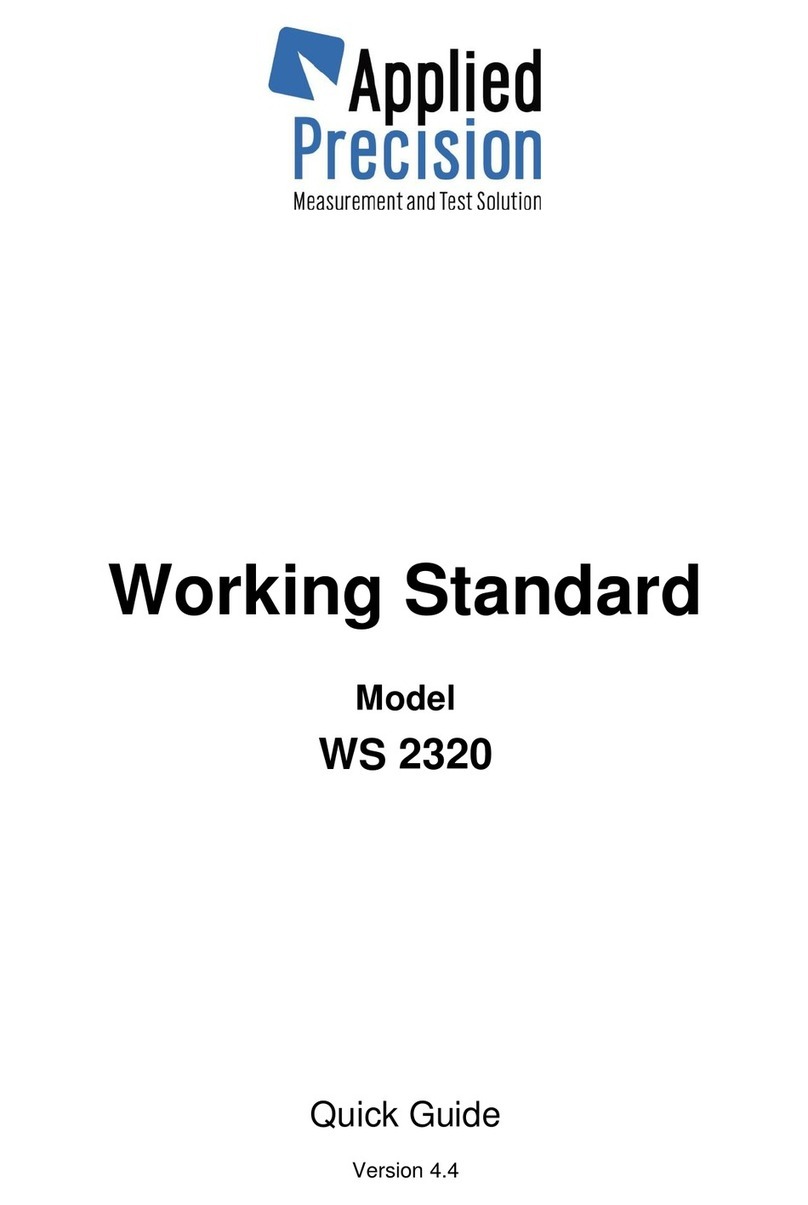2.2 PRINCIPLE OF OPERATION
Measurement is based on analysis of the temperature response of the analyzed material to heat flow
impulses. Heat flow is excited by electrical heating of resistor heater inserted into the probe which is
in direct heat contact with the tested specimen. Evaluation of thermal conductivity and volume heat
capacity is based on periodically sampled temperature records as function of time, provided that heat
propagation occurs in unlimited medium.
2.2.1 Measurement Probes
The broad measurement range of the ISOMET allows to measure variety of materials with extremely
different mechanical properties. It is possible to measure solid materials ranging from soft foams to
hard rocks, liquids, suspensions etc. In order to obtain the best measurement accuracy on specific
materials two general probe types were developed:
a/ Needle probes
b/ Surface probes
Needle probes can be utilized for solid soft materials where it is possible simply to stick the needle of
the probe into the measured material or it is possible to bore precise aperture for the needle.
Measurement accuracy using the needle probes is not degraded even for the best low-conducting
polyurethan foams but it might be significantly affected in harder materials by inaccuracy of the
aperture. Expected minimal material thickness surrounding the needle probe is from 20 mm to 40 mm
depending on the material's thermal diffusivity (conductivity). The sensor part of the probe begins 15
mm from the probe tip and is 50 mm long. Needle part of the probe should be fully inserted into
measured material up to its handle in order to obtain the best measurement accuracy but 80 mm
insertion depth is acceptable in most cases.
Needle probes are calibrated without any thermal contact improving means for soft porous materials.
For hard solid non-porous materials where apertures for probe are bored silicon oil is used to fill the
hole.
Surface probes are intended to use for measurement on solid and hard materials. Flat surface of at
least 60 mm diameter is satisfactory for the probe. Demand for the accuracy of the surface flatness
increases with increasing thermal conductivity value of the tested material. The expected minimal
thickness of evaluated material is ranging from 20 mm to 40 mm depending on its diffusivity
(conductivity).
Surface probes, in principle, can be utilized also for extremely low conductive foams. However, the
properties of the surface layer of materials may significantly differ from the properties of the inner
structure (especially in case of low-conductive gas filled foams, due to filling gas diffusion).
Surface probes are calibrated without any thermal contact improving means.
2.2.2 Accuracy Influencing Factors
Measurement of thermophysical properties by ISOMET can be, like all other measurements,
influenced by conditions of measurement.
Following influencing factors might have the most significant effect on measurement:
Quality of the thermal contact of the measurement probe and measured object
Temperature fluctuations and drift
Finite dimensions of the measured material sample
Non-homogeneity of the measured material sample
Anisotropy of the measured material sample
Humidity of the measured material sample.































